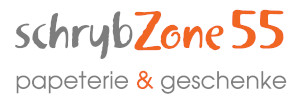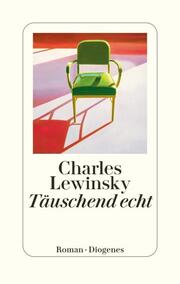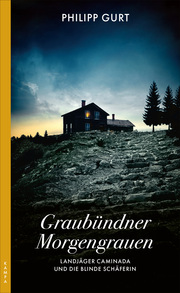Beschreibung
Civil engineering structures are aging. Ultrasonic coda waves offer an auspicious opportunity to monitor this deterioration. Current approaches with coda wave-based monitoring of concrete (structures) focus on specimens that are only a few centimeters small or on detecting cracks in reinforced concrete. The empirical model introduced in this thesis enables evaluating the load-bearing capacity of reinforced concrete structures subjected to bending using coda waves. The model involves the complex material behavior of reinforced concrete, from the linear-elastic range to the range of cracking and completed cracking. The underlying methodology is based on mechanical, thermal, and thermo-mechanical experiments on reinforced concrete beams. Ultrasonic measurements are evaluated using coda wave interferometry. This method yields the relative velocity change. The strain of the component is used as a reference. Investigations into the application, assembly and accuracy of strain measurement techniques reveal fiber optics as a suitable technique. The relative velocity change is correlated with the measured strain. The idea is based on the volume-like collection of influences by coda waves. The correlation of the two respective quantities (relative velocity change and average steel strain) exhibits a linear relationship. This gives a first-order approach. Using this approach, the strain of the beam can be accurately calculated via the relative velocity change. Statistically, the model is of high quality (R^2 = 0.99) and low error (RMSE = 0.09 Promille). Consequently, it becomes feasible to monitor reinforced concrete structures by means of ultrasonic measurements and to accurately indicate the load-bearing capacity even under progressive cracking.














